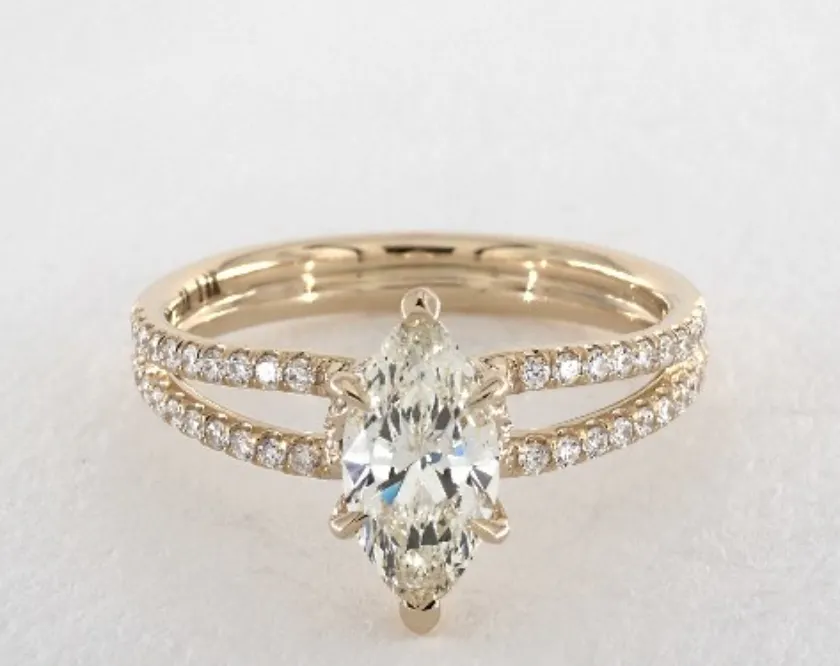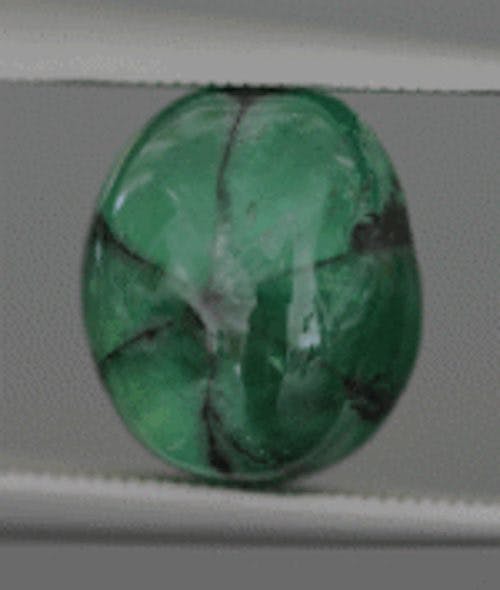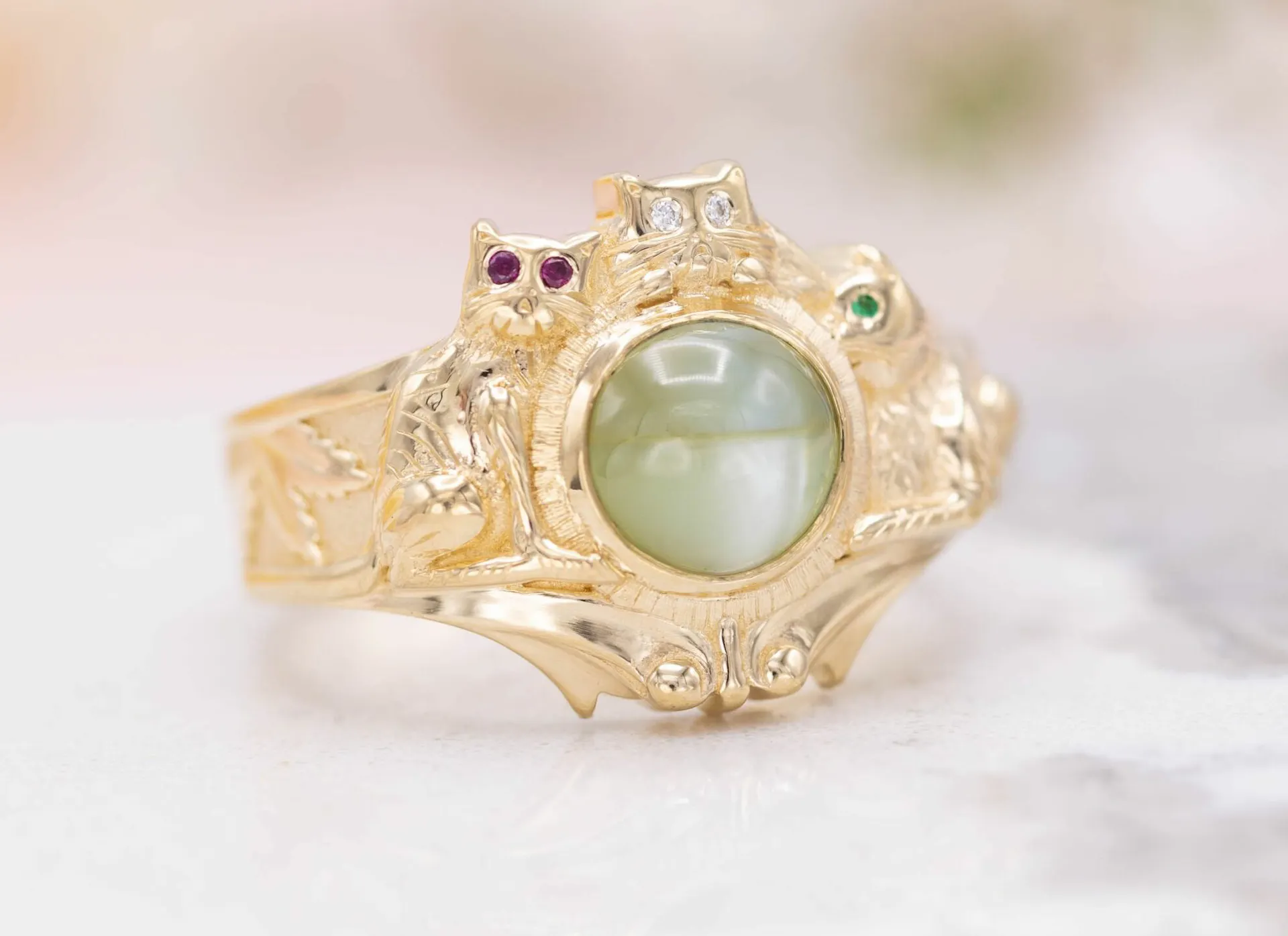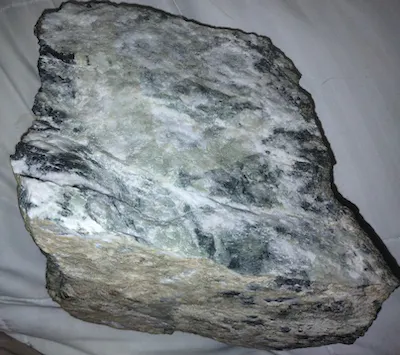News
The Remarkable Color Change of Alexandrite: From Green to Red in Different Light
Experience the enchantment of alexandrite, a gemstone that transforms its color in response to different lighting conditions, ranging from a vibrant green in sunlight to a mesmerizing red in incandescent light. At Melogems, we explore the captivating allure of this rare and highly coveted gem, cherished by gem enthusiasts and collectors alike.
Acquiring a natural alexandrite, known for its remarkable color change, can be a challenging feat due to its rarity. The purity and distinctness of its green and red colors, along with the size of the stone, play a pivotal role in determining its value. While synthetic options exist, professionals can easily identify them through specific inclusions. Mined in various countries, the largest faceted alexandrite, an astonishing 65.7 carats, is housed at the prestigious Smithsonian Institution. With a hardness rating of 8.5, this magnificent gem is suitable for various jewelry settings but requires careful handling to avoid extreme heat or knocks.
Explore the world of alexandrite with Melogems, where we unravel the mysteries and beauty of this exceptional gemstone, offering insights into its value, rarity, and the intricate factors that make it a prized possession.
The Color Change Phenomenon
The unique color change of alexandrite
Alexandrite is a gemstone that exhibits a truly remarkable color change. This mesmerizing gemstone can shift its color from a vibrant green in daylight to a stunning red under incandescent light. The juxtaposition of these two distinct and vibrant hues is what makes alexandrite so highly sought after and beloved by gemstone enthusiasts.
Factors influencing the color change
The color change in alexandrite is influenced by a variety of factors. One of the key factors is the presence of trace elements within the crystal structure. In the case of alexandrite, the presence of chromium is what gives this gemstone its unique color-changing properties. The way that light interacts with the chromium ions within the crystal lattice is what ultimately determines the colors observed in alexandrite.
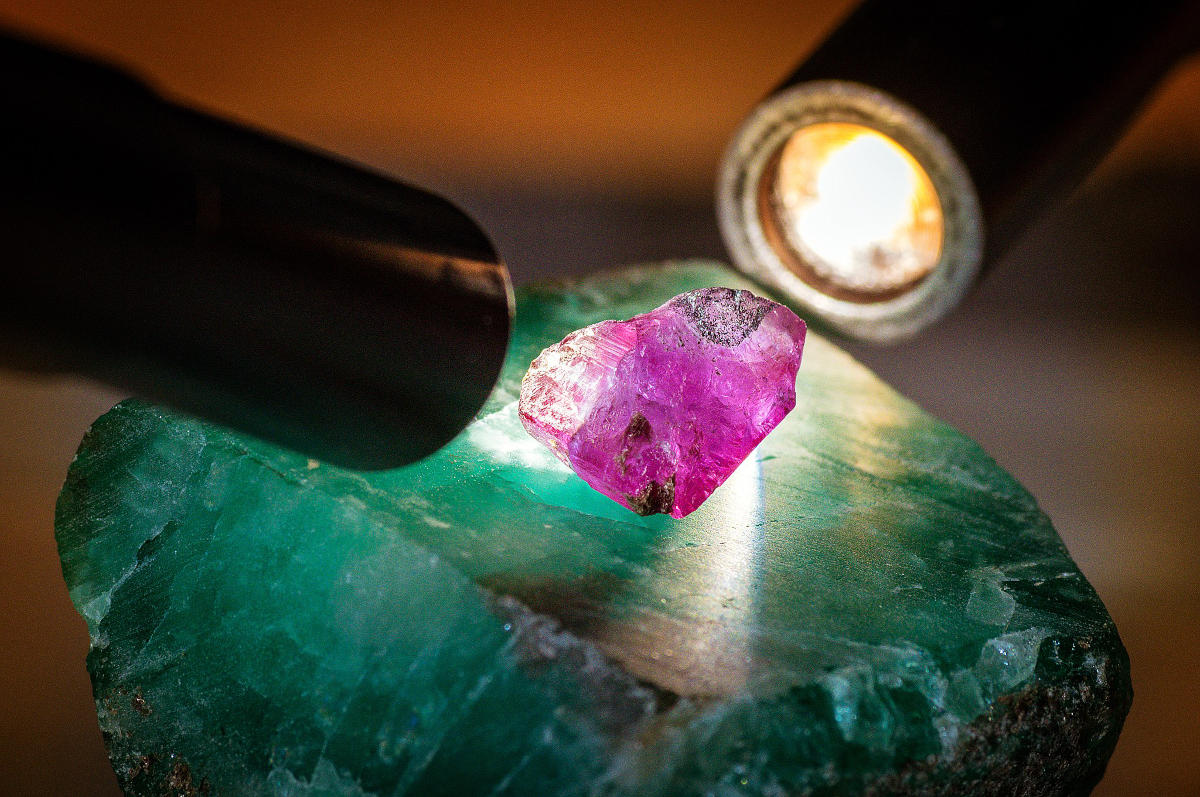
The Green Hue in Sunlight
The natural green color of alexandrite
When alexandrite is exposed to sunlight, it typically appears as a magnificent shade of green. This green color is due to the absorption of certain wavelengths of light by the chromium ions present in the gemstone. The selective absorption of light results in the transmission of green wavelengths, giving alexandrite its vibrant green hue.
Why alexandrite appears green in sunlight
The specific atomic arrangement of chromium within alexandrite is crucial in understanding why this gemstone appears green in sunlight. When sunlight, which is rich in green wavelengths, penetrates the crystal lattice of alexandrite, it encounters the chromium ions. The chromium ions absorb light in the red and blue regions of the spectrum, while allowing the green wavelengths to pass through, creating the green color that we associate with alexandrite in sunlight.
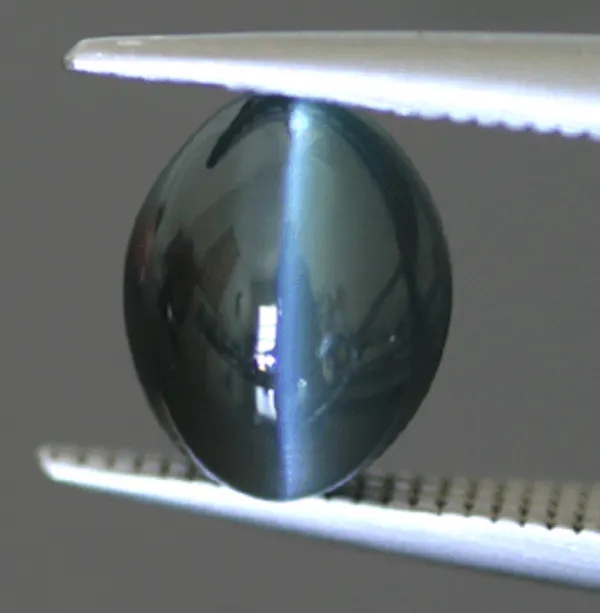
The Red Hue in Incandescent Light
The dramatic transformation to red
One of the most captivating aspects of alexandrite is its ability to transform from green to red under incandescent light. This remarkable color change is truly a sight to behold and adds to the allure of this already enchanting gemstone. The transformation from green to red is so dramatic that it is often described as a “magic” or “mystical” occurrence.
Explanation of the red color under incandescent light
The reason behind the red color observed in alexandrite under incandescent light lies in the way the chromium ions interact with the different wavelengths of light. When exposed to incandescent light, which is low in blue and green wavelengths but high in red wavelengths, the chromium ions in alexandrite undergo a change. This change results in the absorption of red light and the reflection of green light, producing the captivating red color that is characteristic of alexandrite in incandescent light.
The Role of Chromium
Chromium’s impact on the color change
Chromium plays a crucial role in the color-changing properties of alexandrite. The presence of chromium within the crystal lattice of alexandrite allows for the absorption and reflection of specific wavelengths of light, leading to the color change phenomenon. Without chromium, alexandrite would not exhibit its unique and captivating green-to-red transformation.
Chemical properties of chromium in alexandrite
The chromium ions within alexandrite possess specific chemical properties that enable the gemstone’s color-changing abilities. The way in which the chromium ions are positioned within the crystal lattice affects how they interact with light. The presence of chromium in alexandrite allows for the selective absorption and reflection of certain wavelengths of light, resulting in the striking color change observed in this extraordinary gemstone.
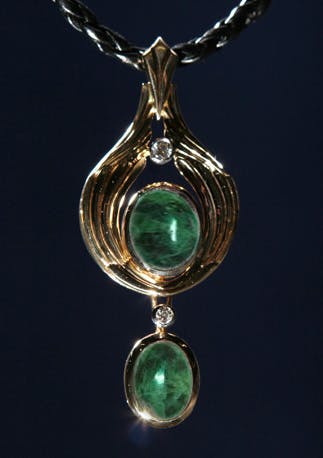
Unique Optical Properties
How alexandrite interacts with light
Alexandrite possesses a set of unique optical properties that contribute to its captivating color change. One of these properties is known as birefringence, which refers to the gemstone’s ability to split light into two separate beams as it passes through. This phenomenon adds to the overall brilliance and sparkle of alexandrite.
Birefringence and pleochroism in alexandrite
Another noteworthy optical property of alexandrite is pleochroism. Pleochroism refers to the gemstone’s ability to display different colors when viewed from different angles. In the case of alexandrite, this property is particularly pronounced due to the variations in its chromium content. The combination of birefringence and pleochroism contributes to the captivating color change observed in alexandrite.
Evaluating Alexandrite Quality
Purity of green and red colors
When evaluating the quality of alexandrite, one key aspect to consider is the purity and intensity of the green and red colors. A high-quality alexandrite gemstone will exhibit vibrant, saturated colors in both its green and red forms. The colors should be rich and vivid, without any noticeable undertones or inconsistencies.
Intensity of color change
The distinctness and intensity of the color change in alexandrite also play a crucial role in determining its quality. A highly desirable alexandrite gemstone will display a dramatic and noticeable shift from green to red under different lighting conditions. The more pronounced the color change, the more highly valued the alexandrite gemstone becomes.
Clarity and transparency considerations
In addition to color, the clarity and transparency of an alexandrite gemstone also factor into its overall quality. A high-quality alexandrite will exhibit good clarity, with minimal visible inclusions or imperfections. Additionally, the gemstone should possess excellent transparency, allowing light to pass through it unimpeded and enhancing its brilliance.
Size and carat weight factors
Size and carat weight are additional factors to consider when evaluating the quality of alexandrite. As with many gemstones, larger alexandrite gemstones are generally rarer and more valuable than smaller ones. However, it is essential to consider the overall quality of the gemstone, including its color and clarity, along with its size and carat weight.
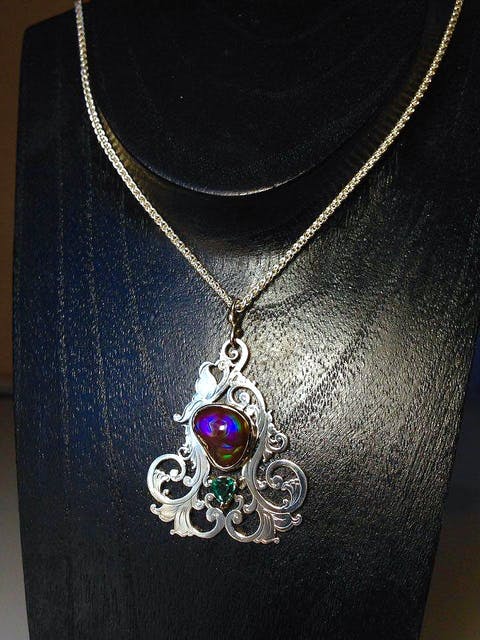
Natural vs. Synthetic Alexandrite
Differences between natural and synthetic alexandrite
Natural alexandrite is incredibly rare and consequently quite valuable. Due to its limited availability, synthetic alexandrite has been created to meet the demand for this exquisite gemstone. However, there are distinct differences between natural and synthetic alexandrite that can help differentiate between the two.
Identifying synthetic alexandrite with inclusions
One of the key ways to identify synthetic alexandrite is by examining the gemstone for inclusions caused by the growth procedures used to create the synthetic version. Natural alexandrite, on the other hand, is formed over millions of years in the Earth’s crust, resulting in unique inclusions and characteristics. Trained professionals can detect these differences and identify whether a gemstone is natural or synthetic.
Origins and Mining
Ural Mountains of Russia – the primary source
The Ural Mountains of Russia are renowned as the primary source of alexandrite. This region has historically yielded some of the world’s finest and most valuable alexandrite gemstones. The unique geological conditions and mineral deposits in the Ural Mountains have contributed to the formation of these exceptional gemstones.
Other locations where alexandrite is found
While Russia’s Ural Mountains are the primary source of alexandrite, this extraordinary gemstone can also be found in other countries. Brazil, Madagascar, Myanmar, Sri Lanka, and Zimbabwe are among the locations where alexandrite has been discovered. However, the quantity and quality of alexandrite from these sources may vary in comparison to the Ural Mountains’ specimens.
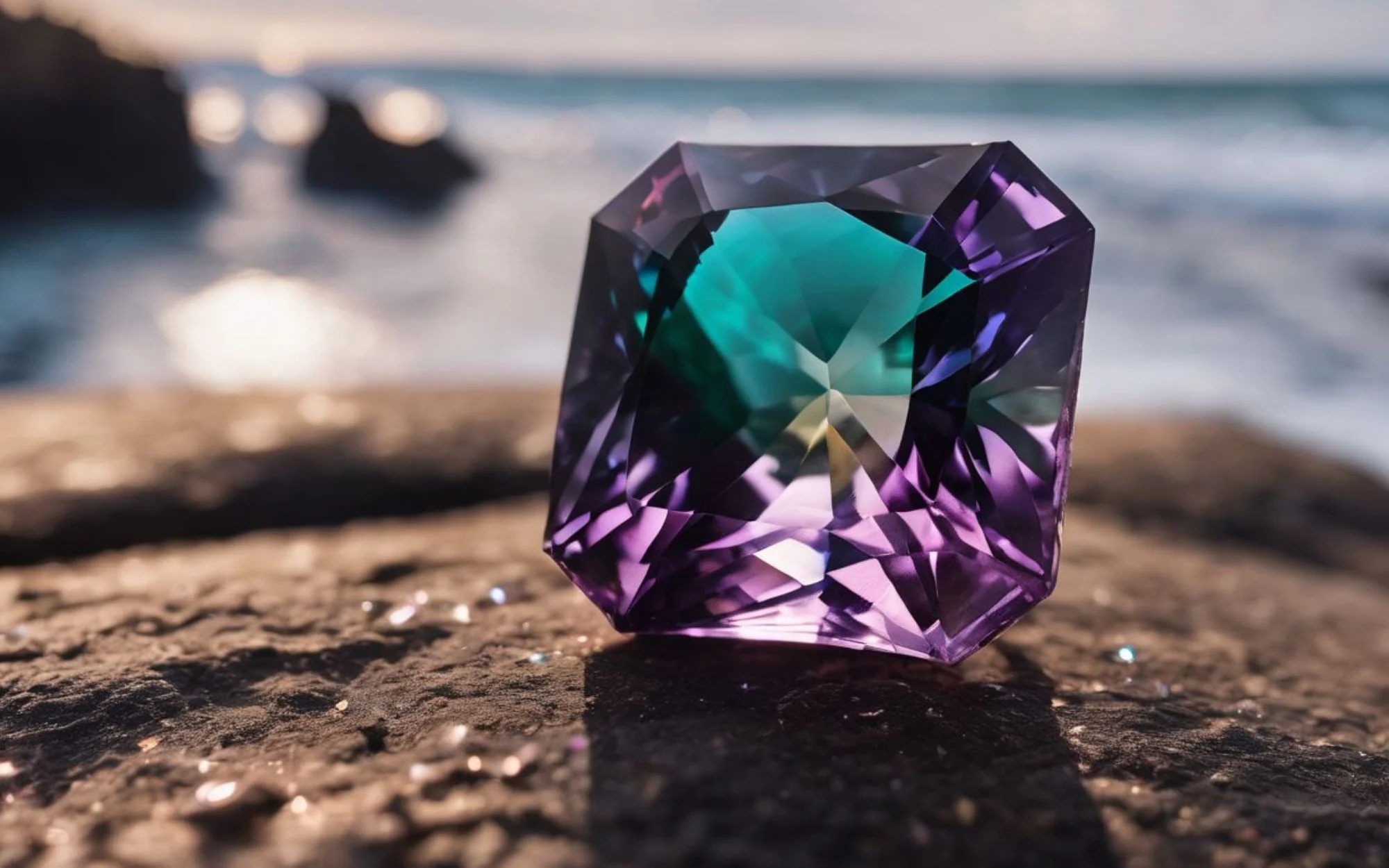
The Rarity and Value of Alexandrite
Limited availability and high demand
One of the main factors that contribute to the rarity and value of alexandrite is its limited availability. Natural alexandrite is incredibly rare, making it difficult for most people to acquire this gemstone. The combination of its scarcity, along with its remarkable color change and vibrant hues, has resulted in a high demand for alexandrite among collectors and gemstone enthusiasts.
Factors influencing alexandrite’s value
Several factors influence the value of alexandrite. The quality and intensity of its color change, the purity and vibrancy of its green and red colors, and the overall quality, including clarity and transparency, all play pivotal roles in determining the value of an alexandrite gemstone. Additionally, size and carat weight can impact the gemstone’s value, with larger and more substantial specimens being more valuable.
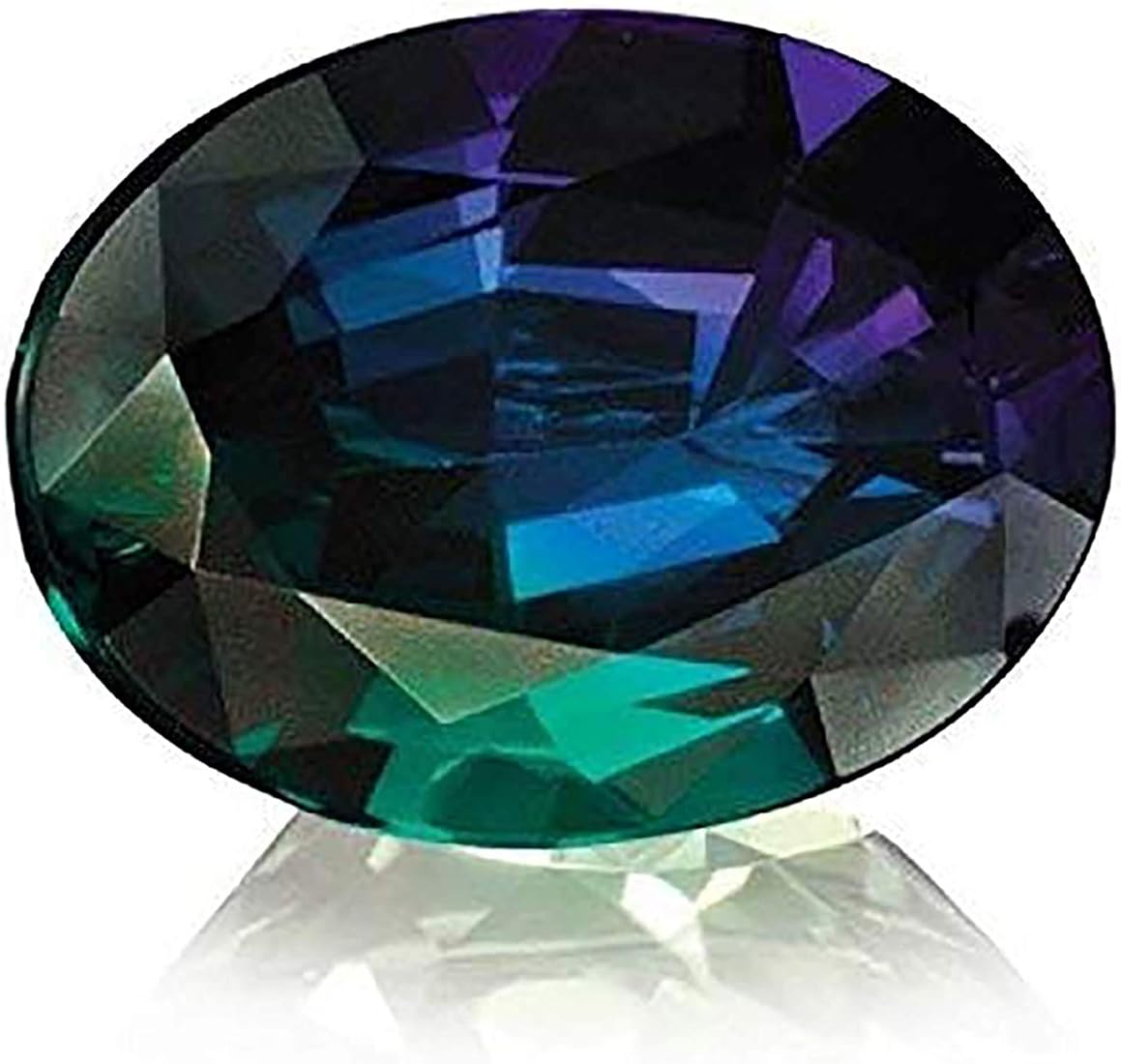
Caring for Alexandrite Jewelry
Precautions to protect your alexandrite jewelry
While alexandrite is a relatively durable gemstone with a hardness of 8.5 on the Mohs scale, it still requires proper care and maintenance to ensure its longevity and beauty. To protect your alexandrite jewelry, it is essential to take certain precautions.
Avoiding exposure to extreme heat and knocks
One of the primary precautions to take with alexandrite jewelry is to avoid subjecting it to extreme heat. High temperatures can potentially damage alexandrite and affect its color-changing properties. It is also crucial to protect your alexandrite jewelry from knocks and impacts, as these can cause chips or fractures in the gemstone. Handle your alexandrite jewelry with care, and store it in a secure, padded box when not in use to avoid any potential damage.
In conclusion, alexandrite is an exceptional gemstone cherished for its captivating color change phenomenon. From its vibrant green hue in sunlight to the striking red transformation under incandescent light, alexandrite continues to captivate and enchant gemstone enthusiasts worldwide. With its limited availability, unique optical properties, and significant role of chromium in its color-changing abilities, alexandrite stands as one of the most extraordinary and valued gemstones in the world. Whether you have the opportunity to acquire a natural alexandrite or choose a synthetic option, caring for your alexandrite jewelry is essential to preserve its beauty and ensure its longevity. Treat your alexandrite gemstones with the care and respect they deserve, avoiding exposure to extreme heat and protecting them from knocks, and you will be able to enjoy their enchanting colors for years to come.

